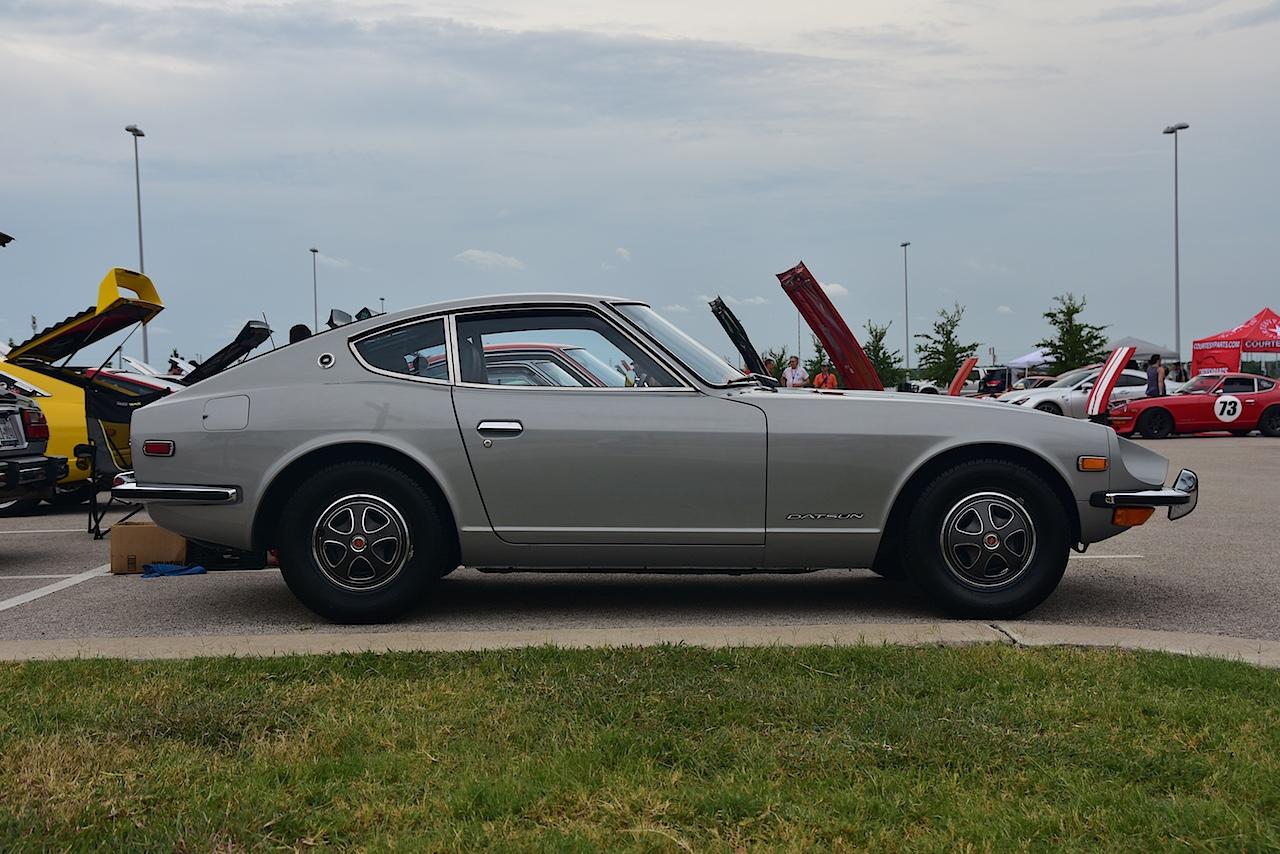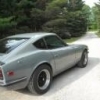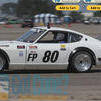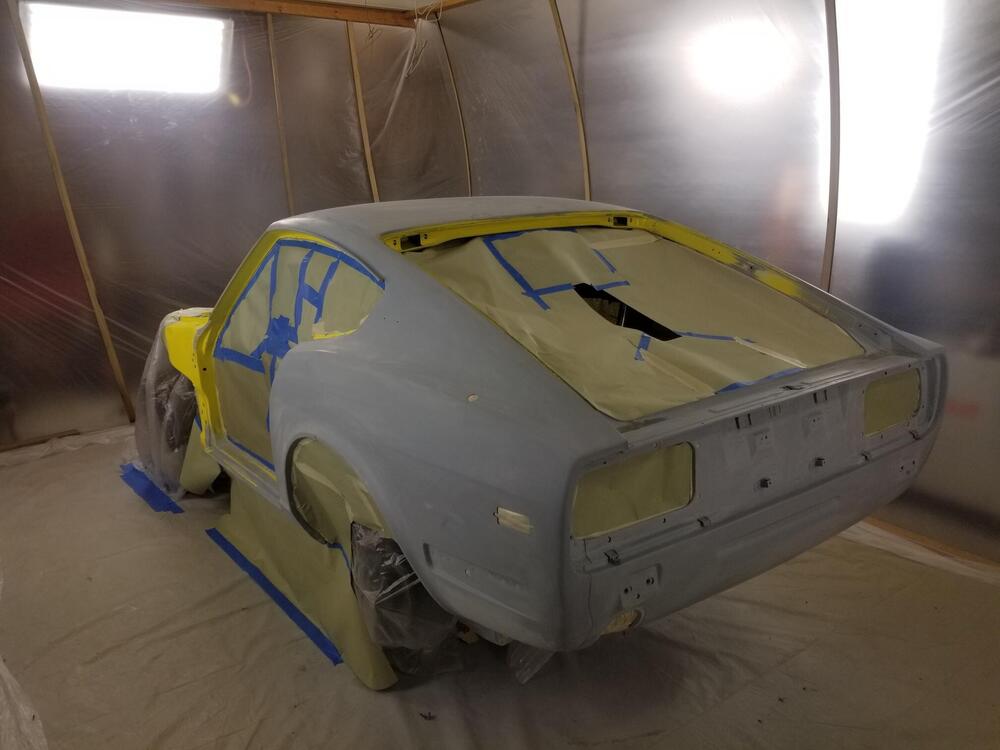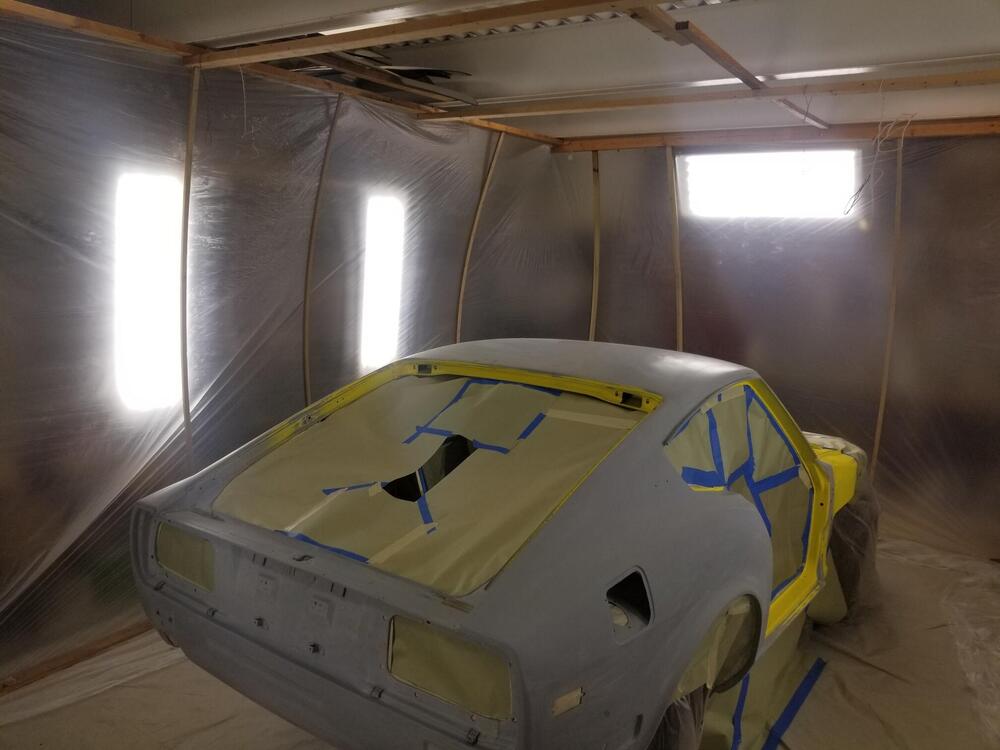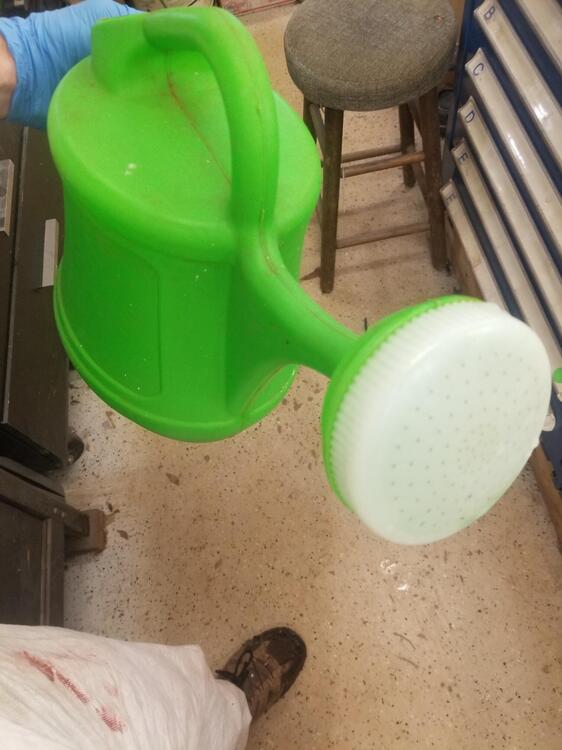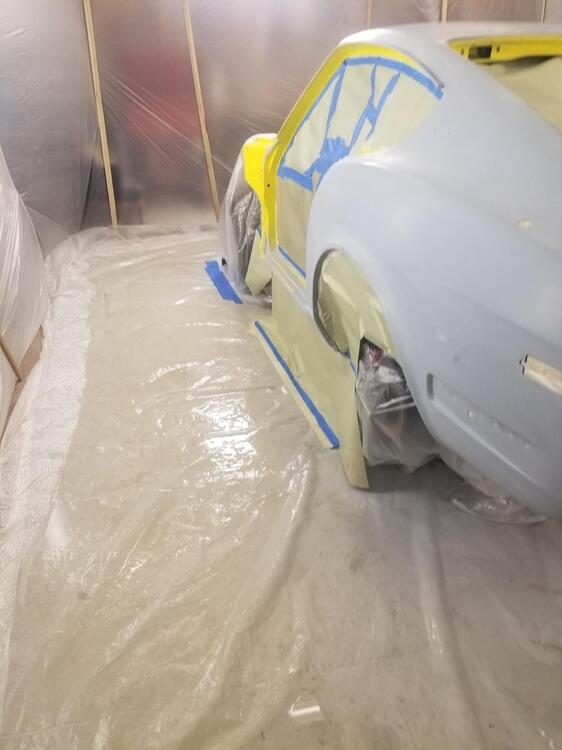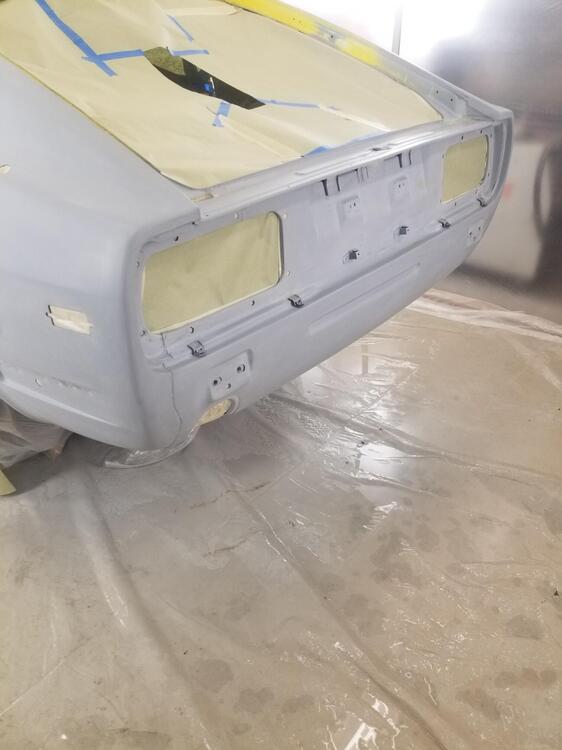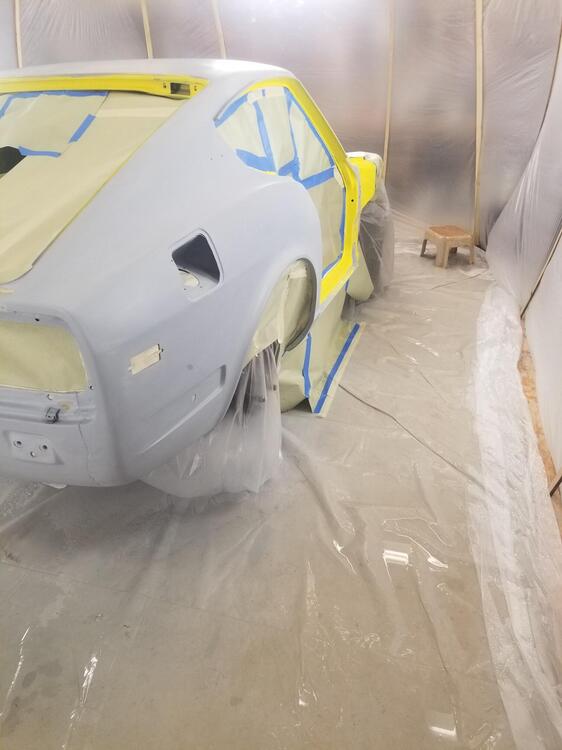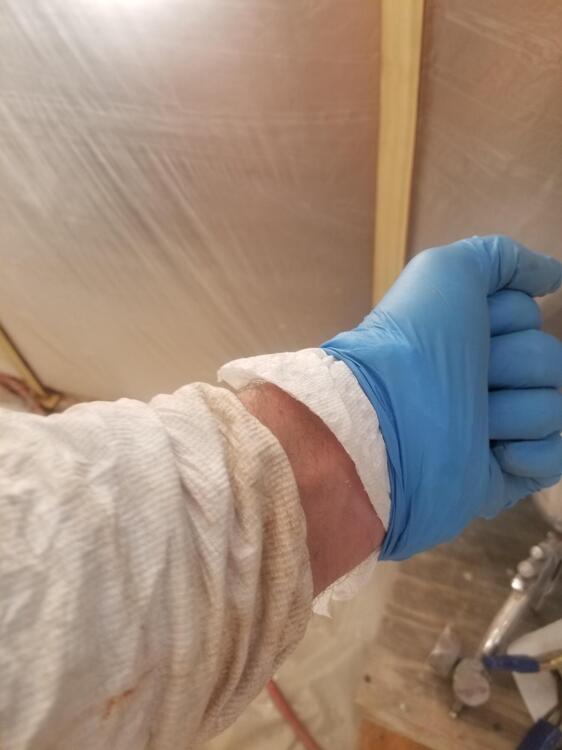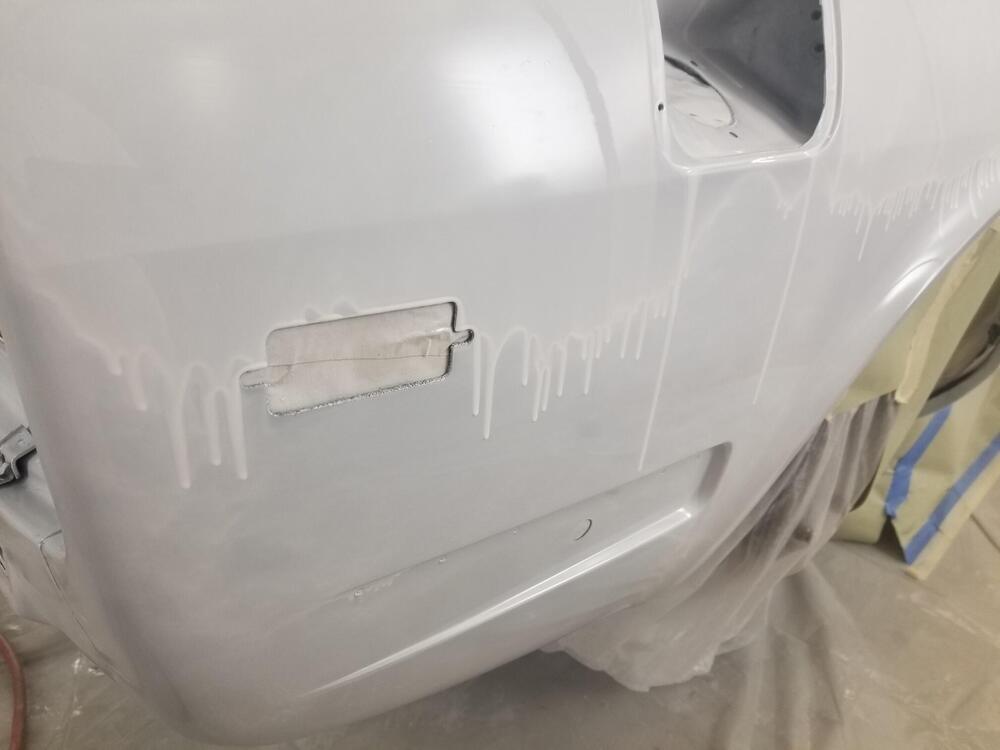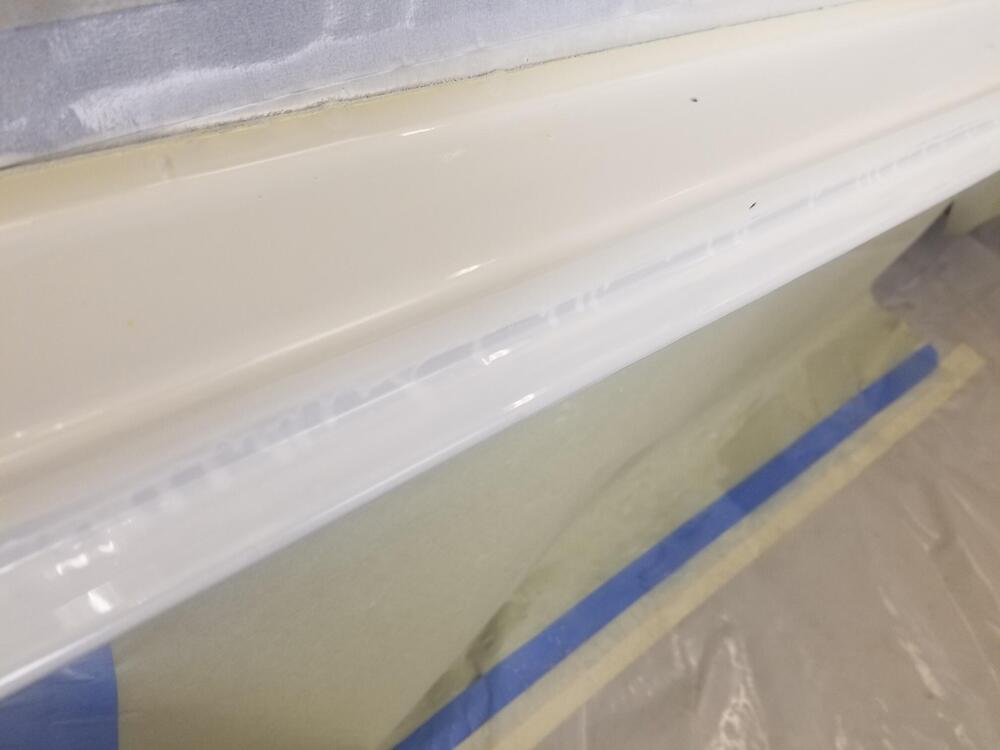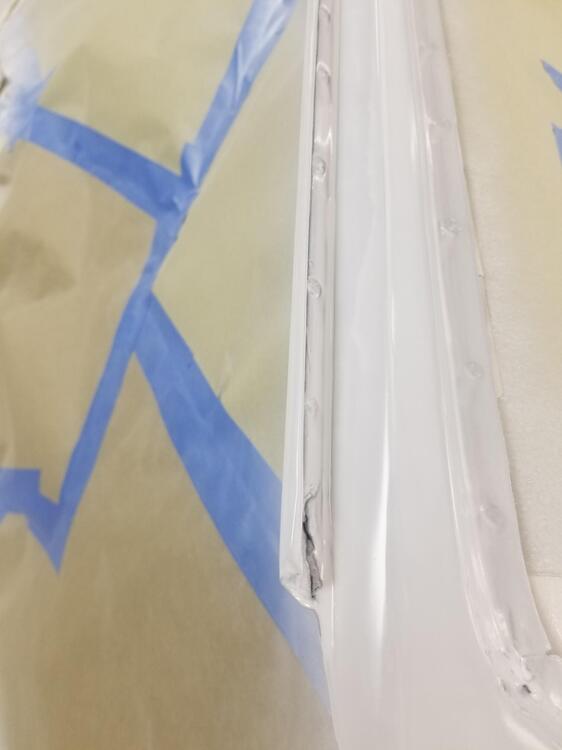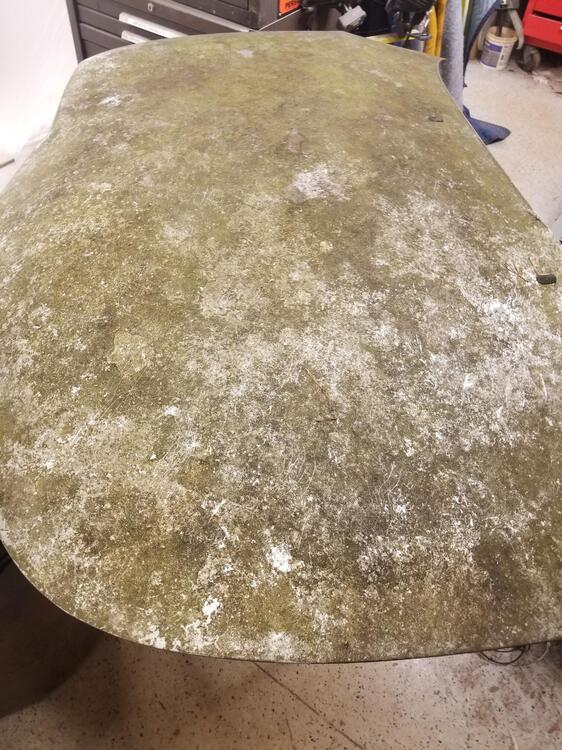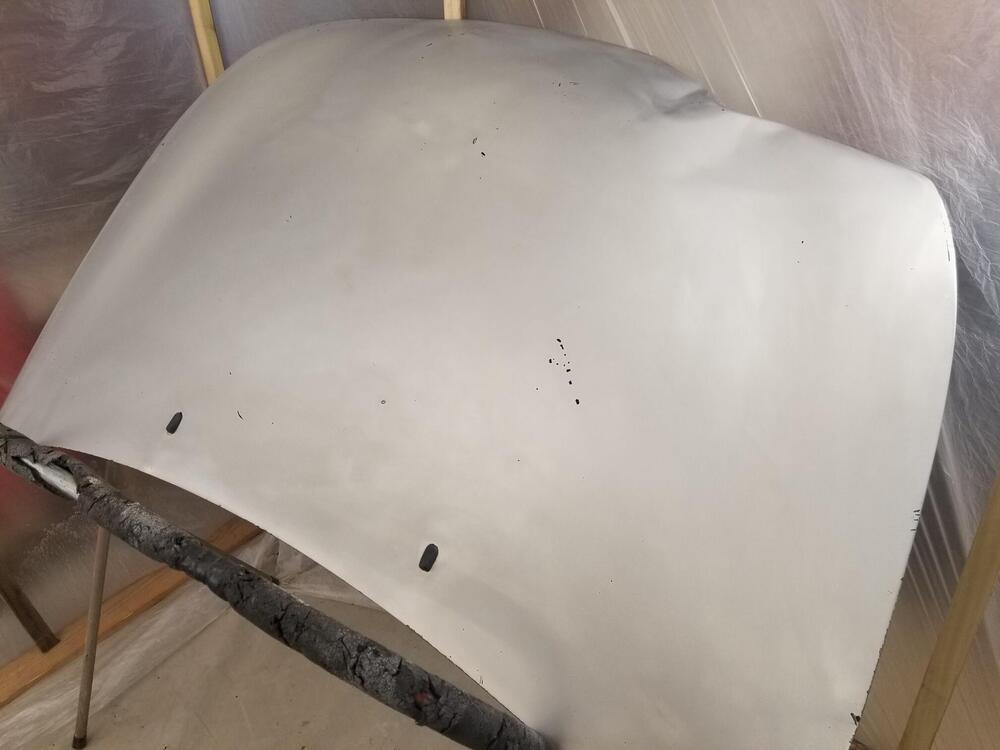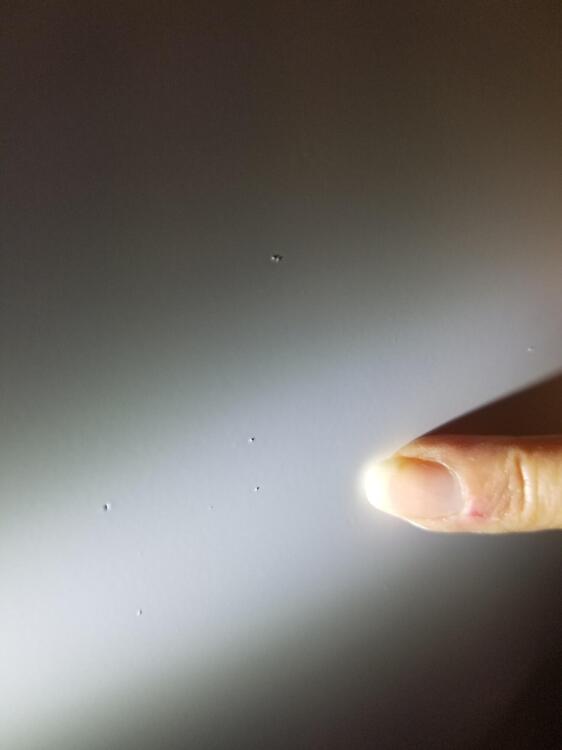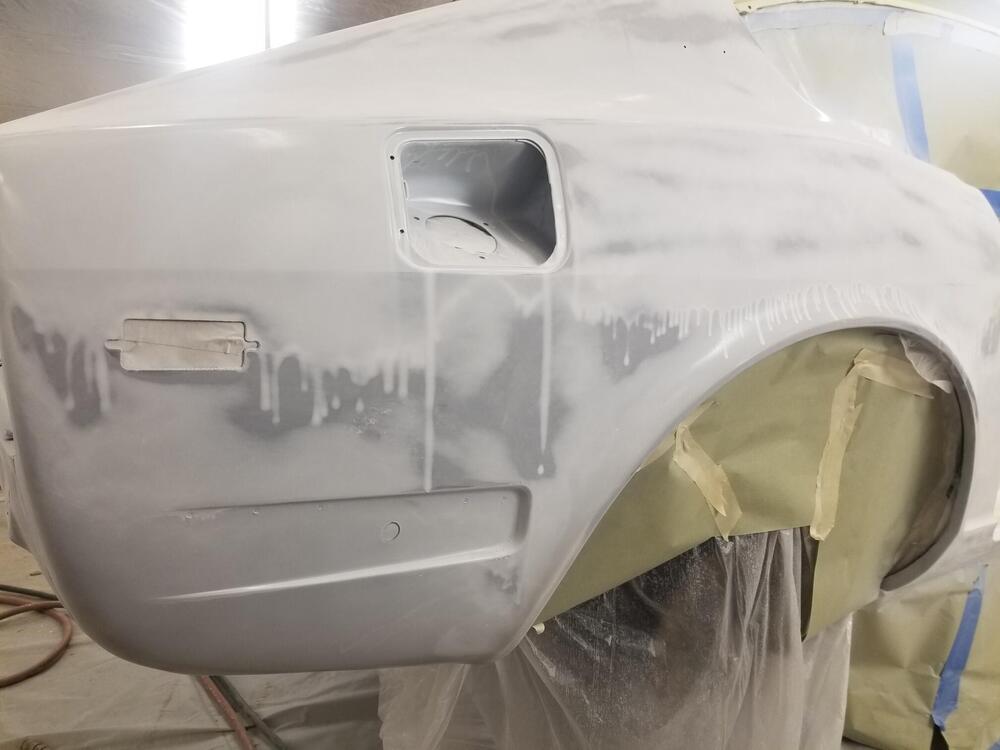Well I'm no brake expert, but I certainly appreciate the callout. With that in mind, here's my read.
I agree with Zed Head that since the bore and stroke is the same, everything would be the pretty much identical when you pressed the pedal DOWN. However, I'm less confident that everything would be OK when you let the pedal back UP.
There are check valves built onto the pistons inside the master cylinder and there are also check valves screwed into the outlet ports of the master where the brake lines exit. I haven't studied any of it in great depth, but there is no guarantee that the characteristics of each pair of check valves are the same.
You need to make sure that when you RELEASE the pedal, you never create enough of a vacuum out at the ends of the system such that you would pull air backwards past the wheel cylinder or caliper seals into the brake system.
Those check valves are all a balancing act between the return forces at the destination ends and the vacuum created inside the master cylinder chambers when you let up on the pedal. And since one chamber is filling large calipers that don't have any return springs while the other chamber is filling small wheel cylinders that DO have return springs, I could be easily convinced that the smart people who designed the master cylinder knew that and designed different check valves for each circuit.
So, what could go wrong? When you let off the pedal, you could suck air in backwards past your corner seals (wheel cylinder or caliper). This could make it hard to bleed the system, or even worse, it could cause spongy brakes if it happens under normal use.
Or it could all work out just fine.
